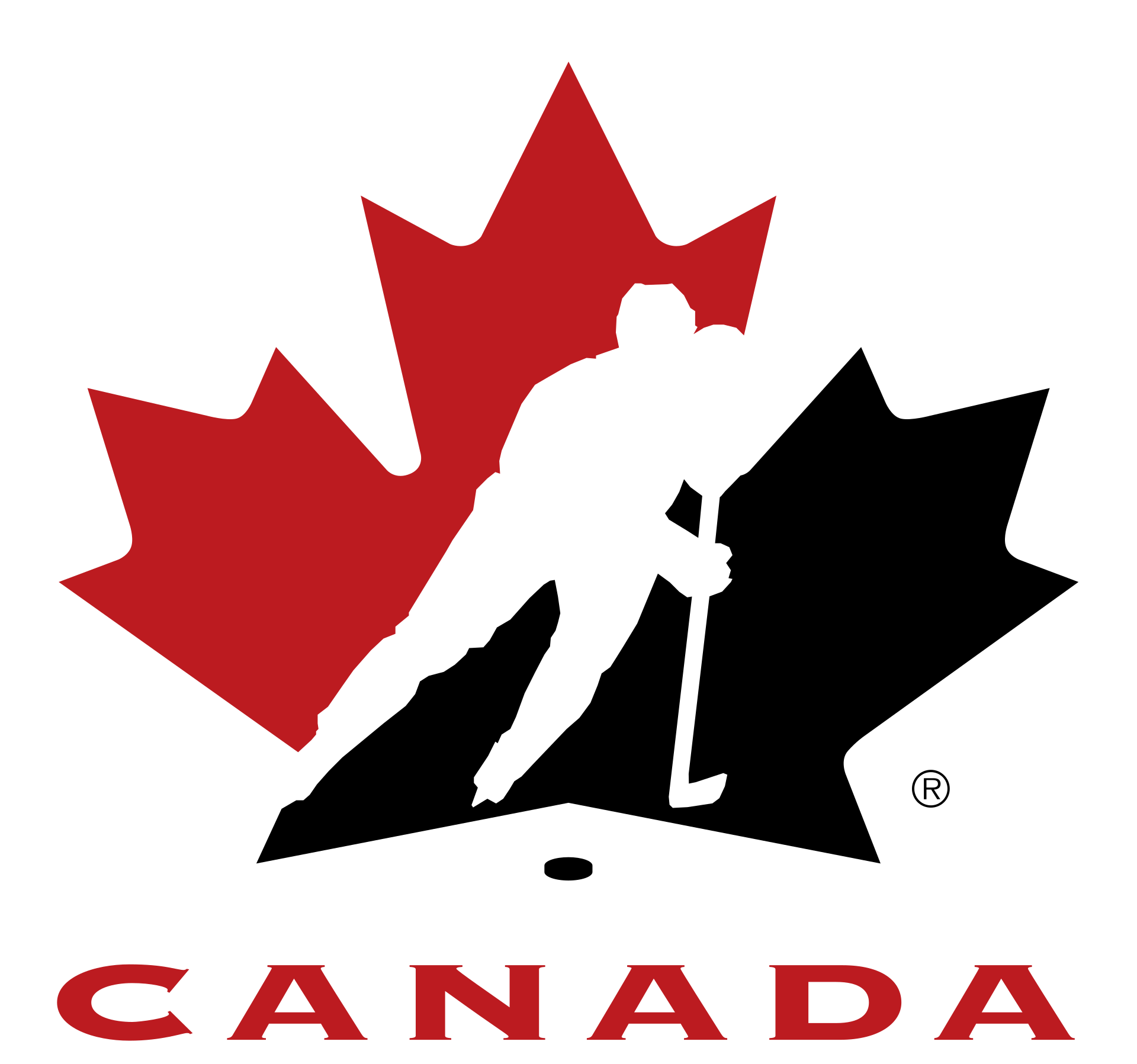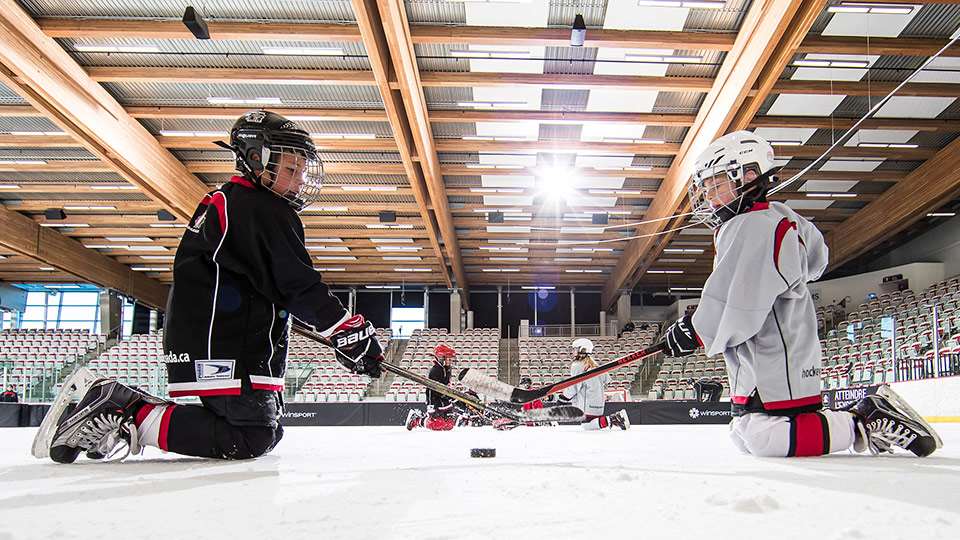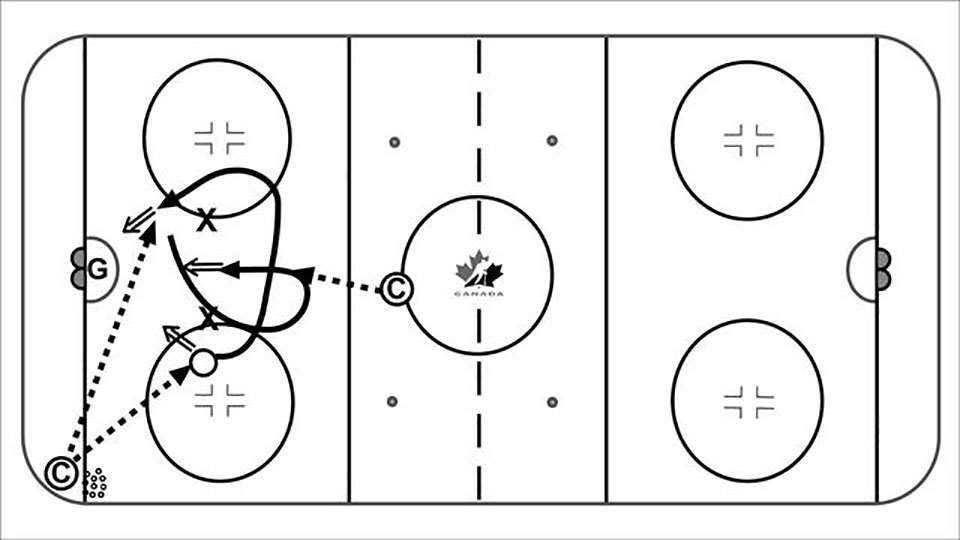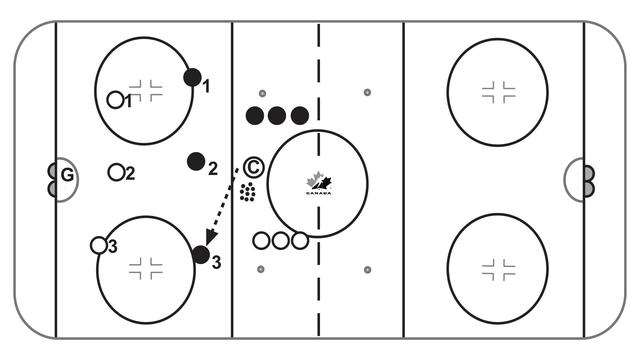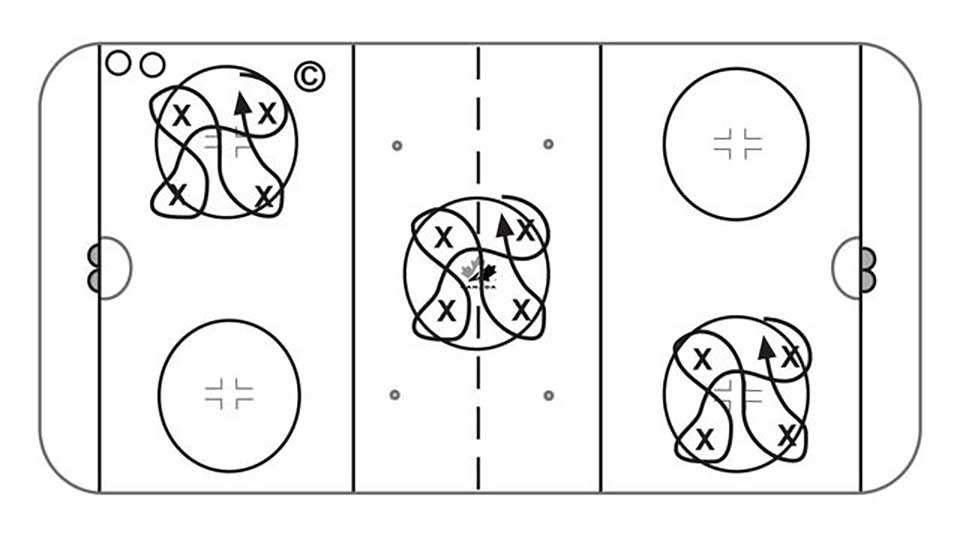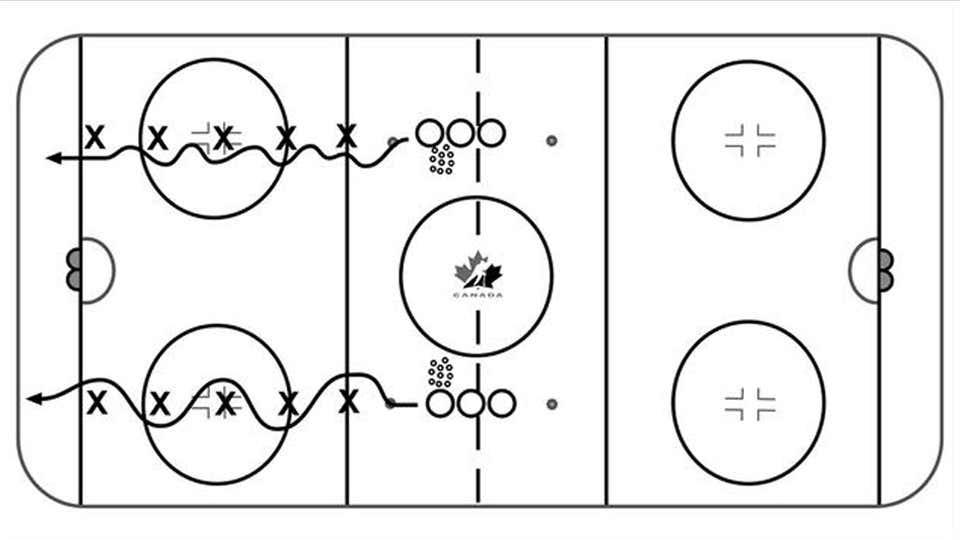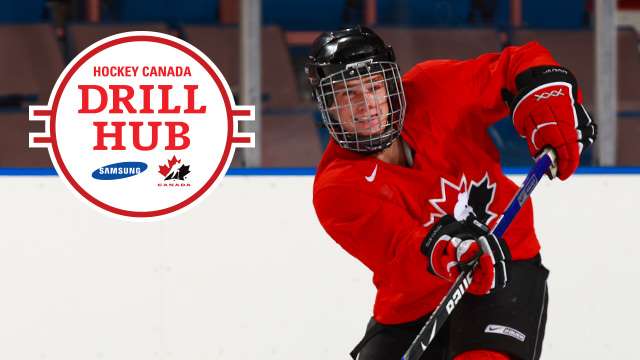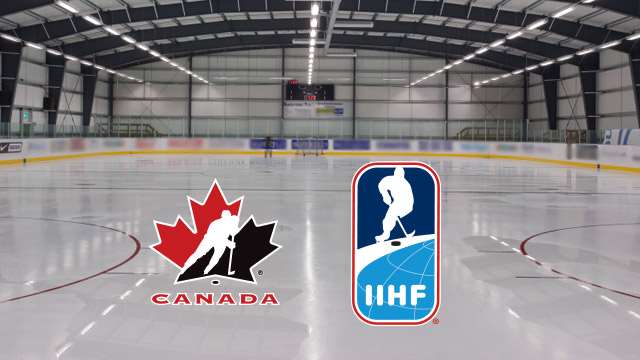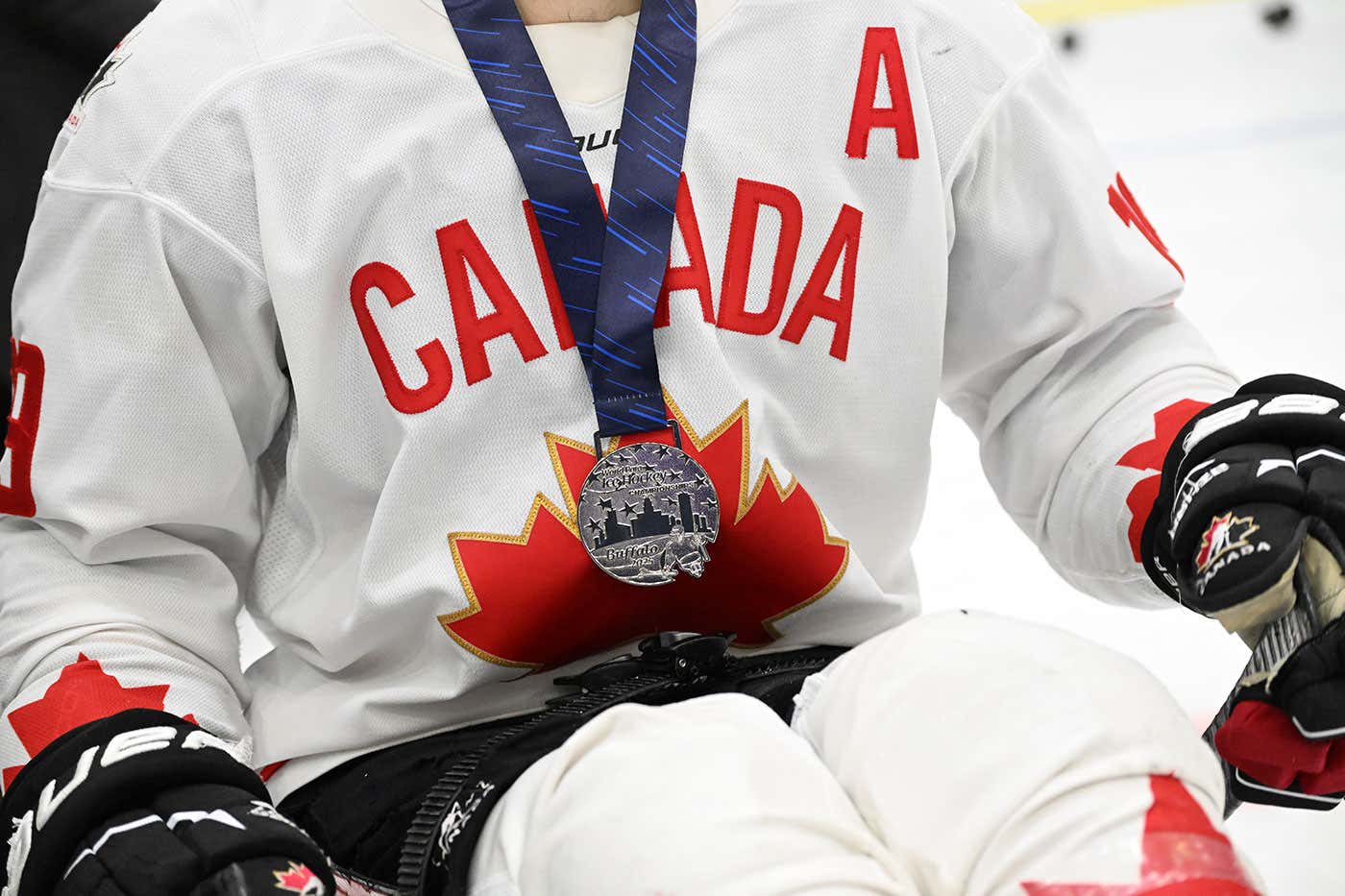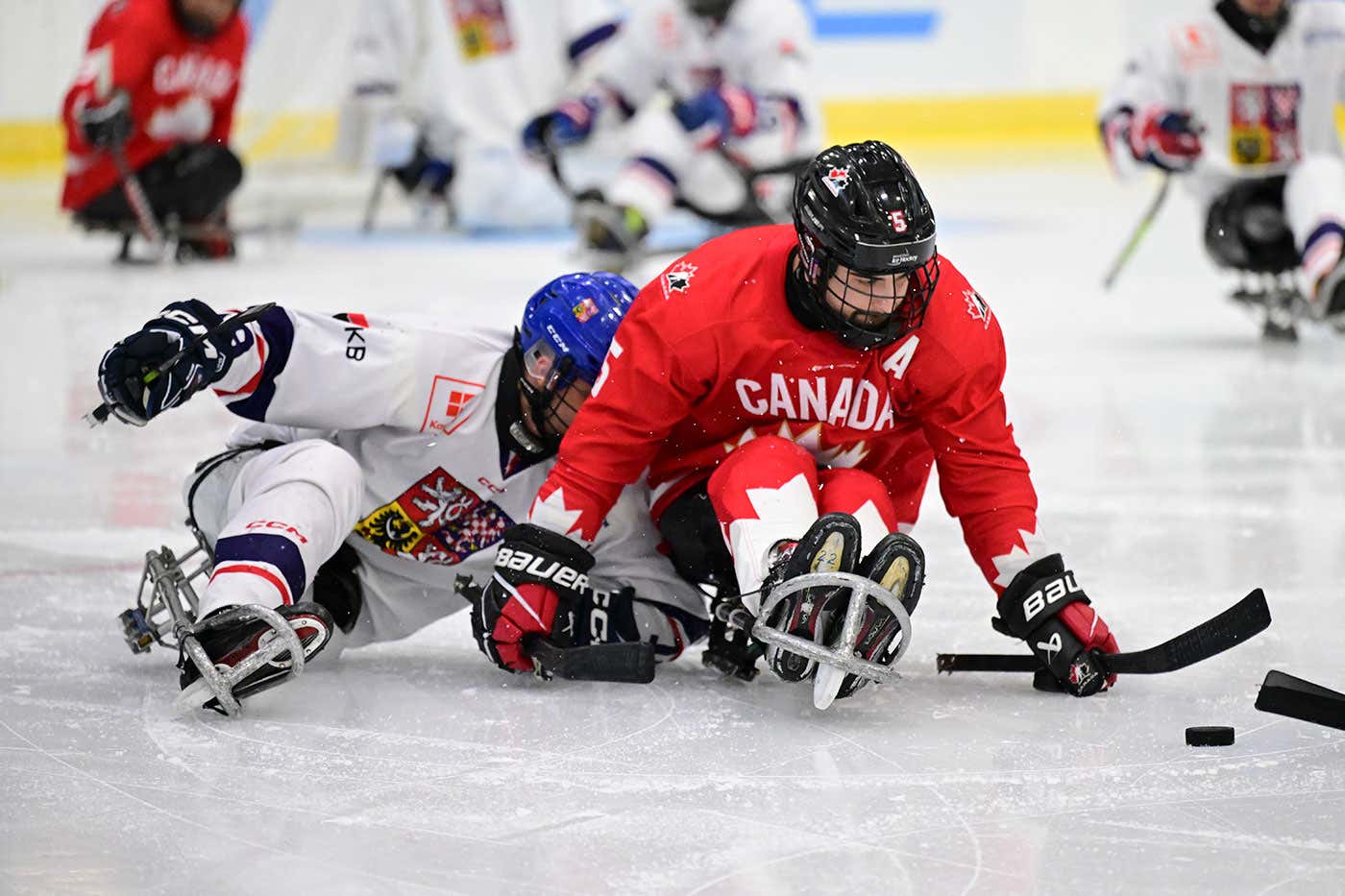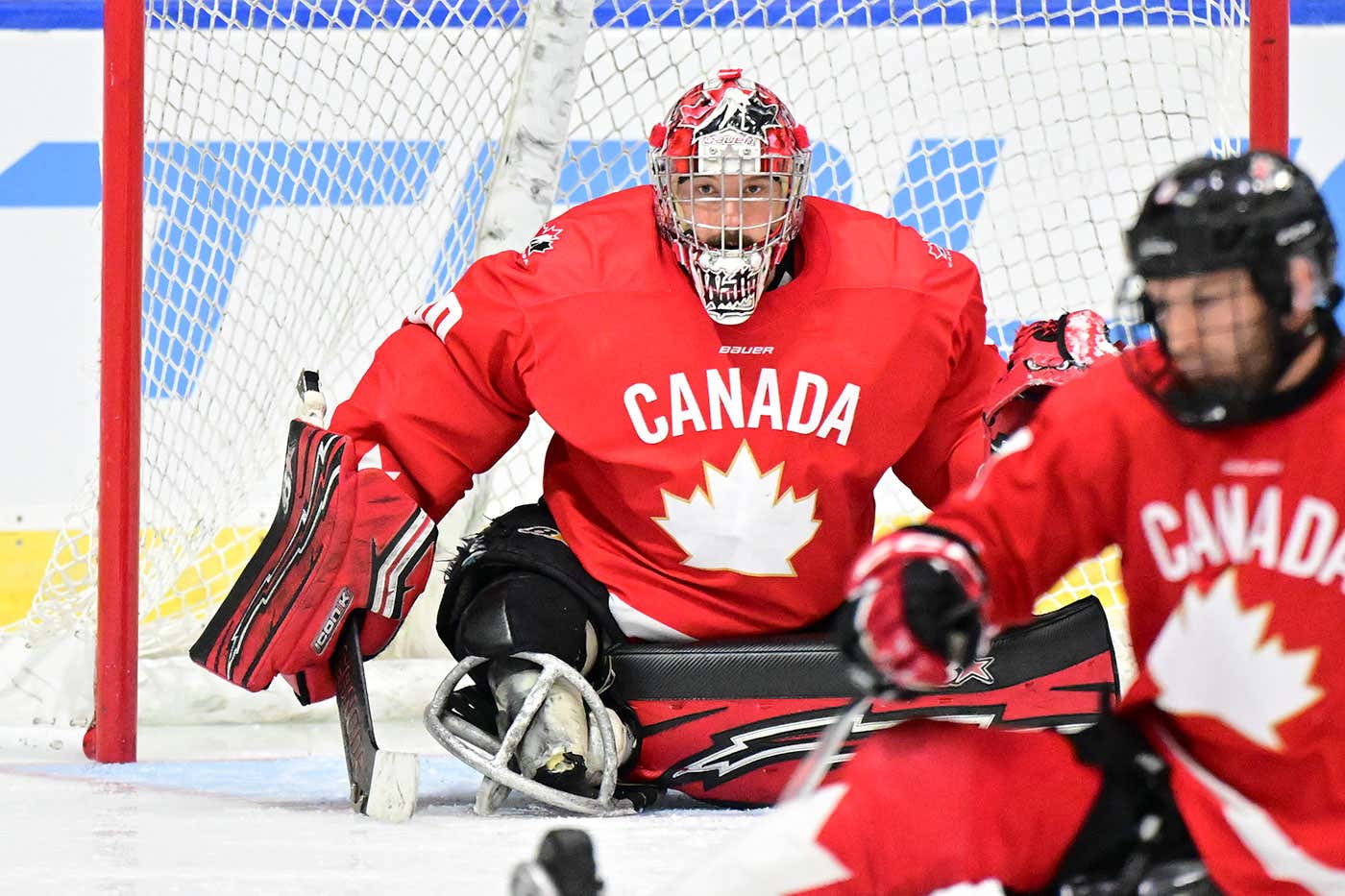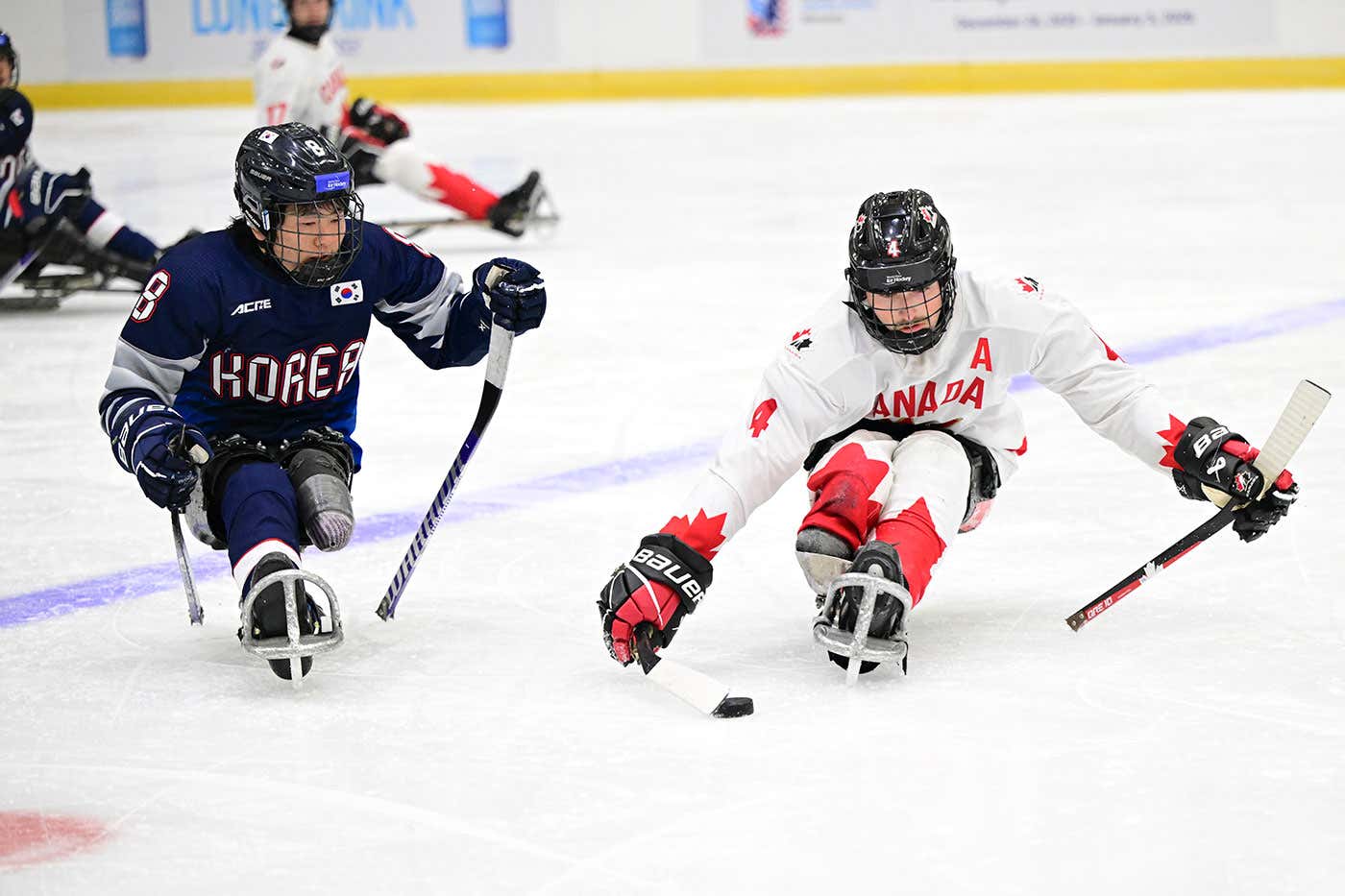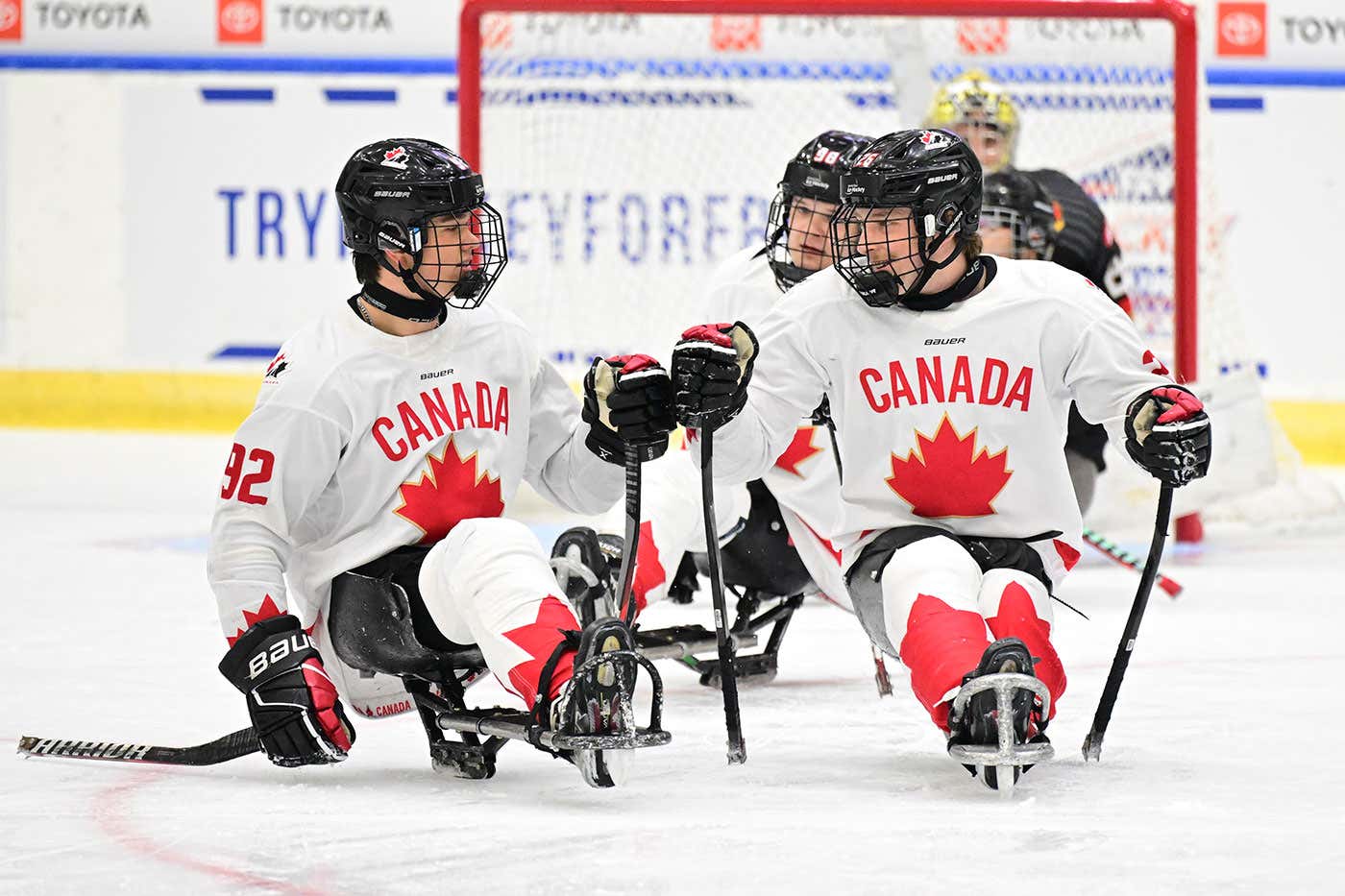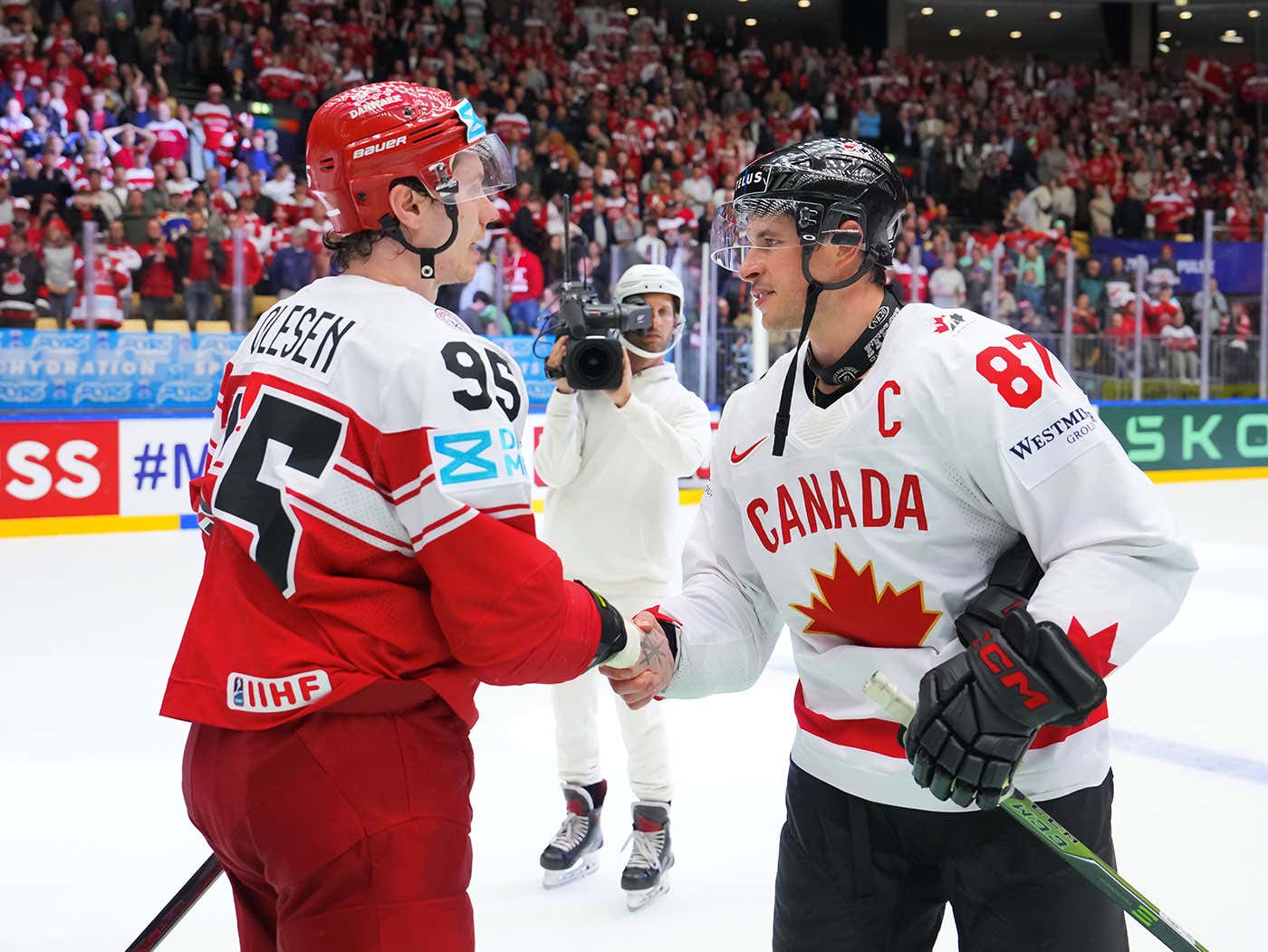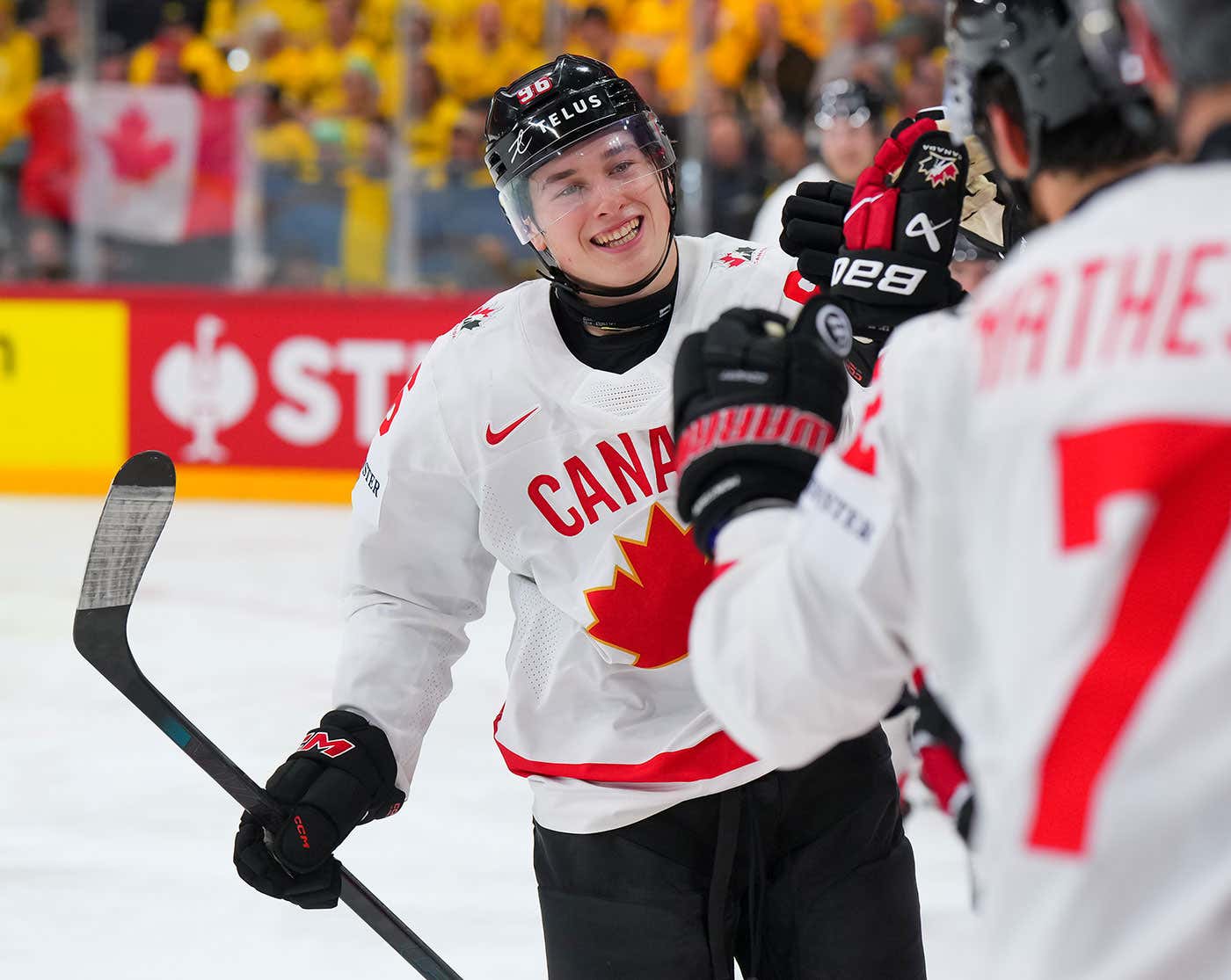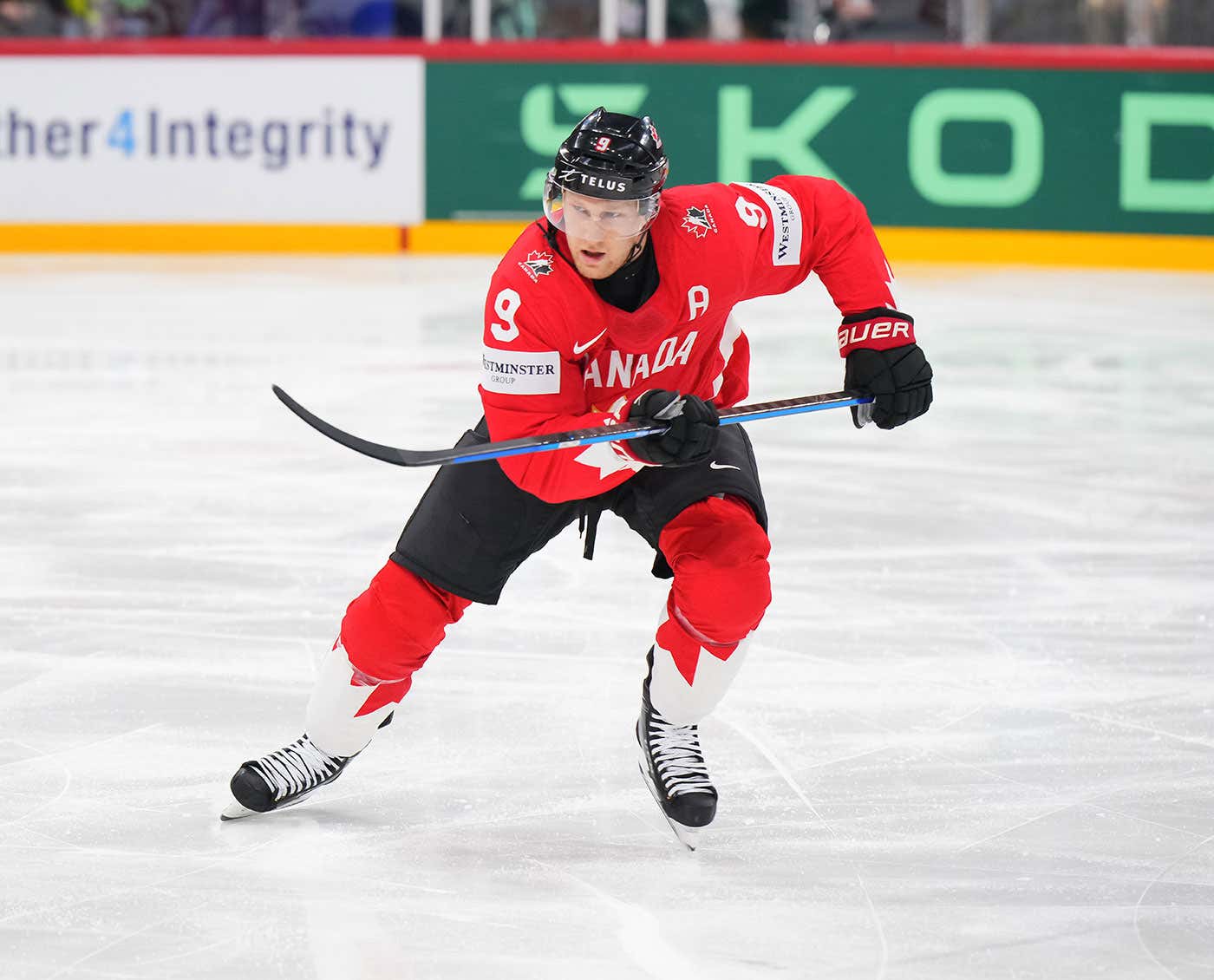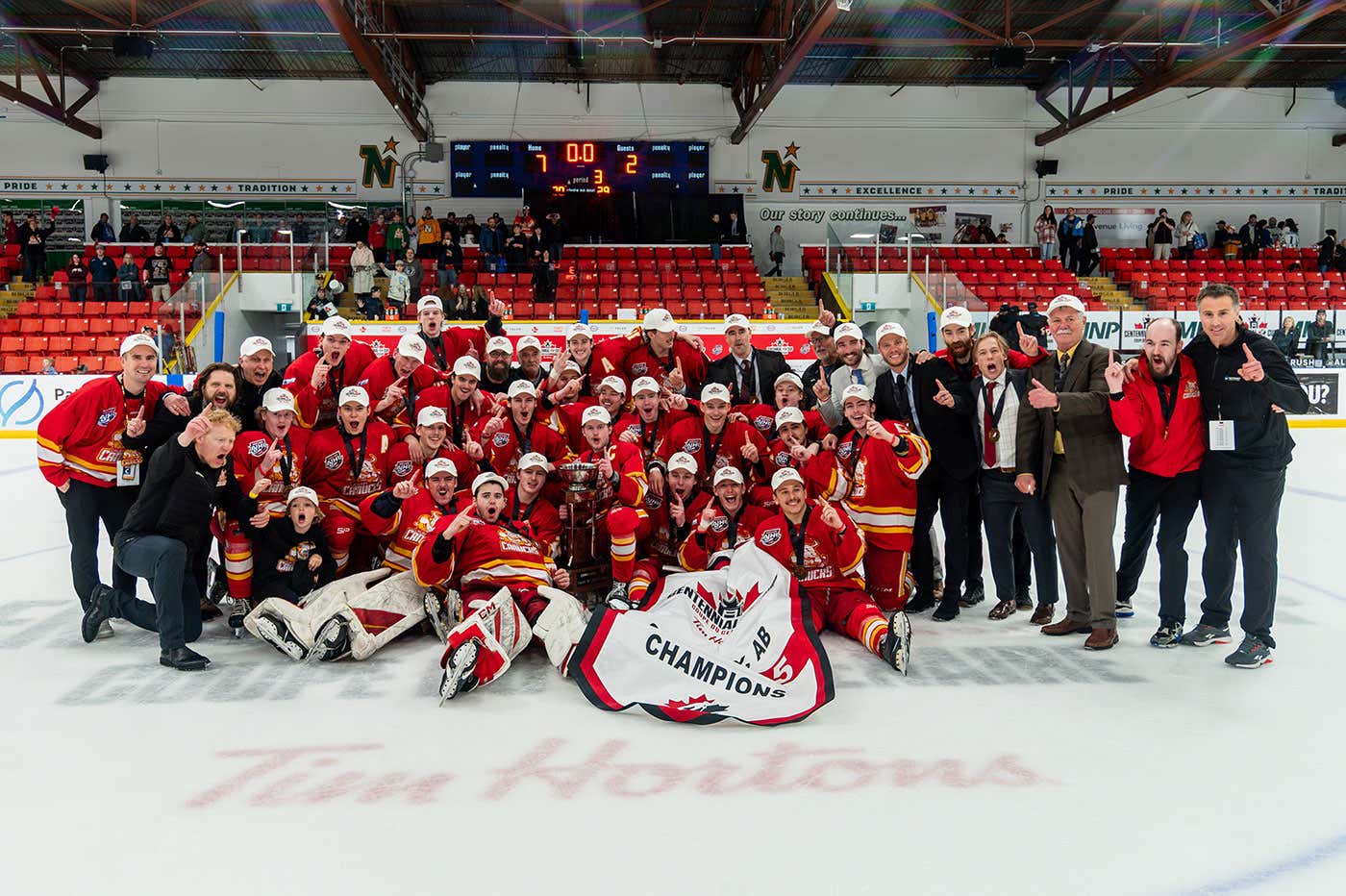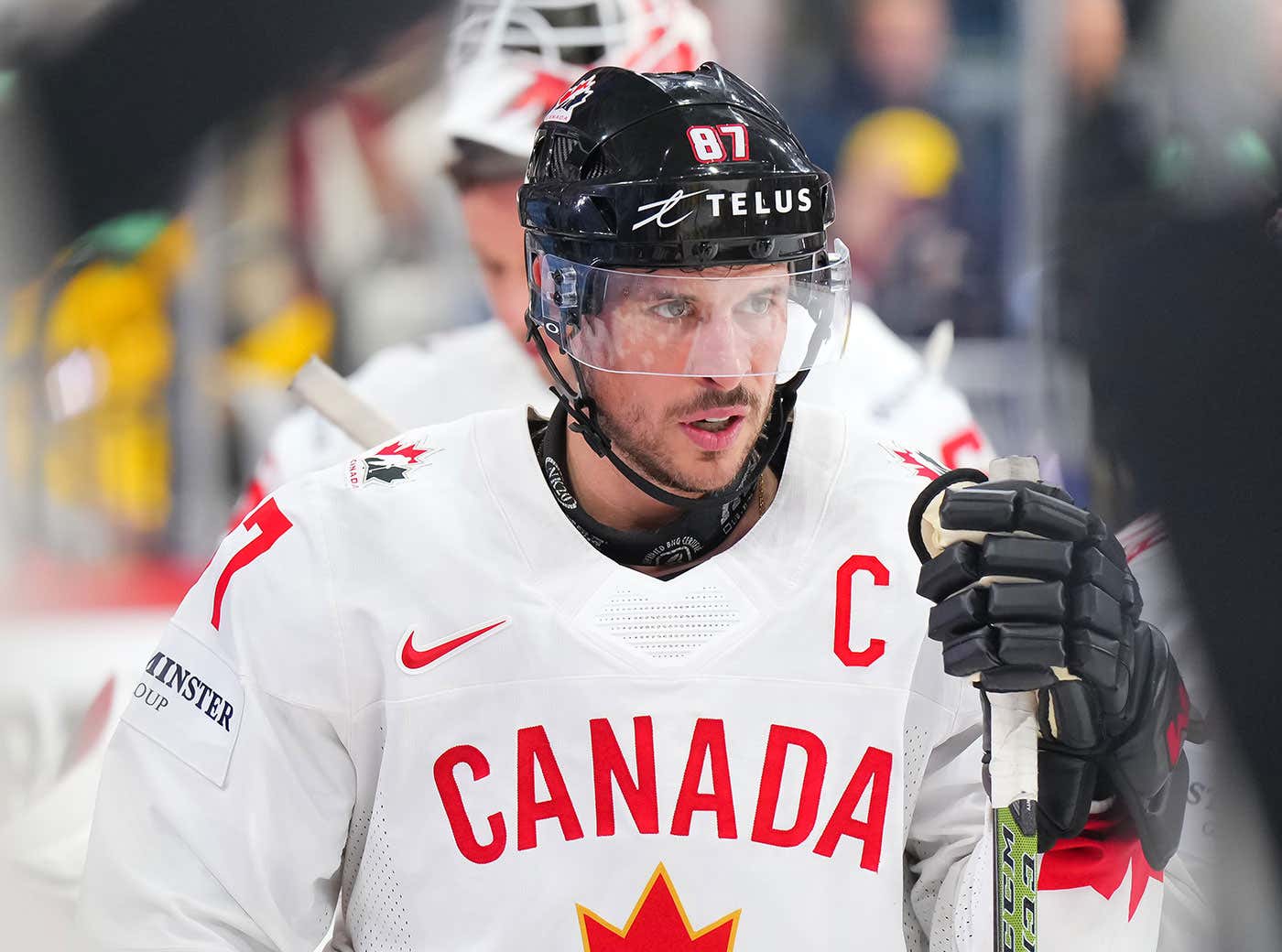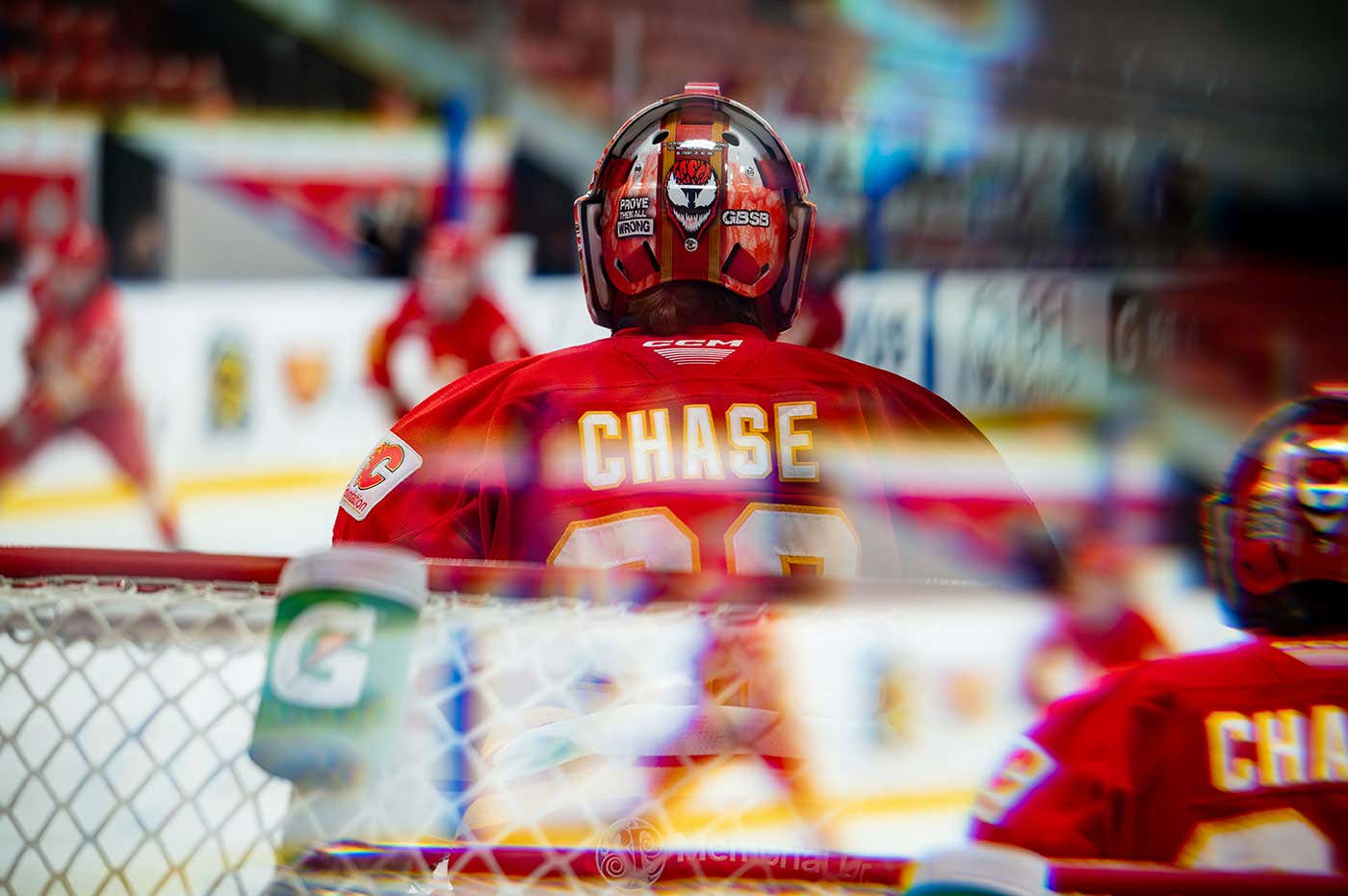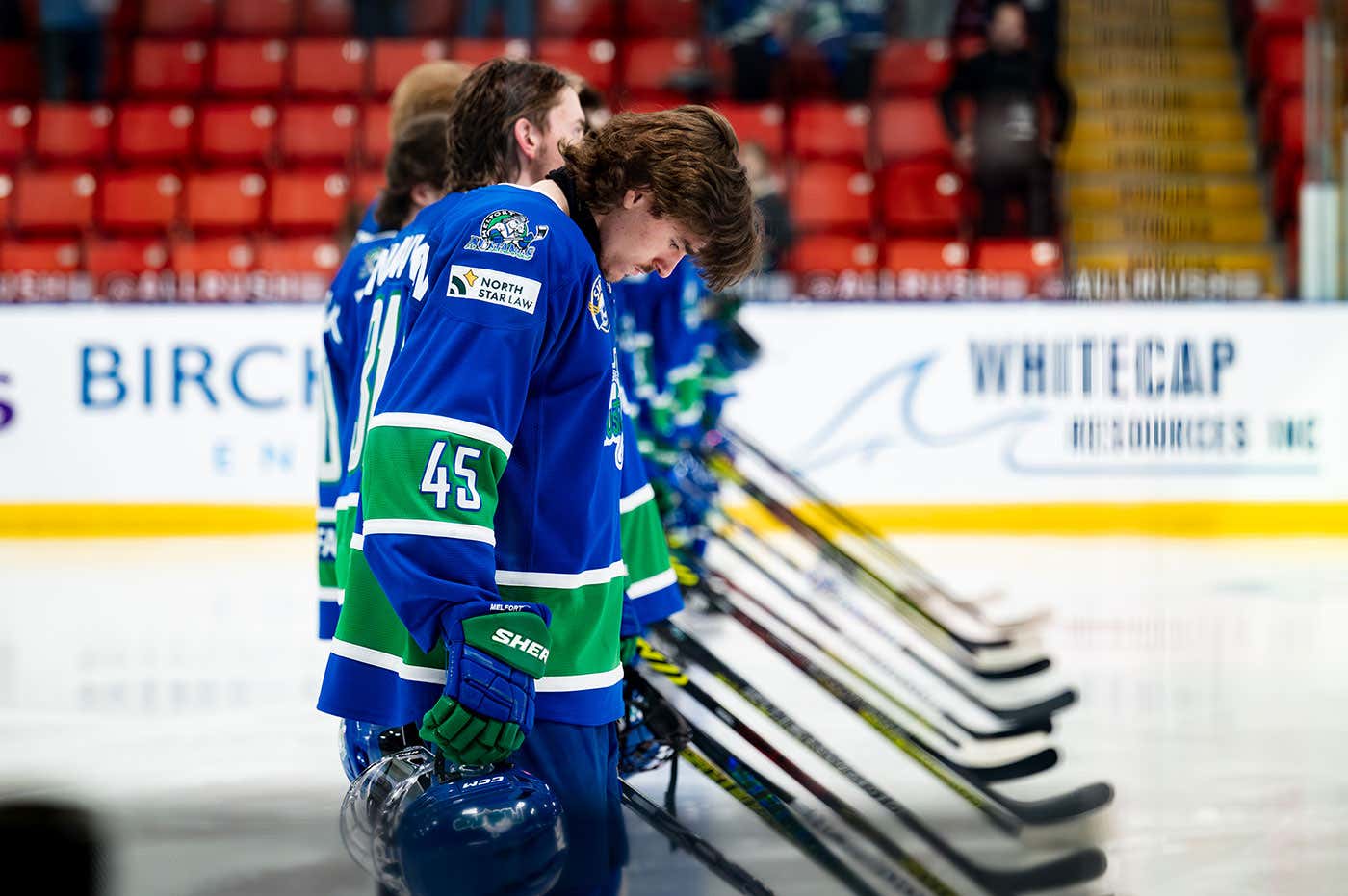
Schedule
Team Canada (Men)
Olympic Winter Games | Feb. 11-22, 2026
Hlinka Gretzky Cup | Aug. 11-16, 2025
U17 Development Camp | July 19-23, 2025
U18 Team Selection Camp | July 29 - Aug. 1, 2025
U20 Summer Showcase | July 27 - Aug. 2, 2025
IIHF World Championship | May 9-25, 2025
4 Nations Face-Off | Feb. 12-20, 2025
Spengler Cup | Dec. 26-31, 2024
National Junior Team vs. USPORTS | Dec. 12-13, 2024
Junior A World Challenge | Dec. 9-15, 2024
Search
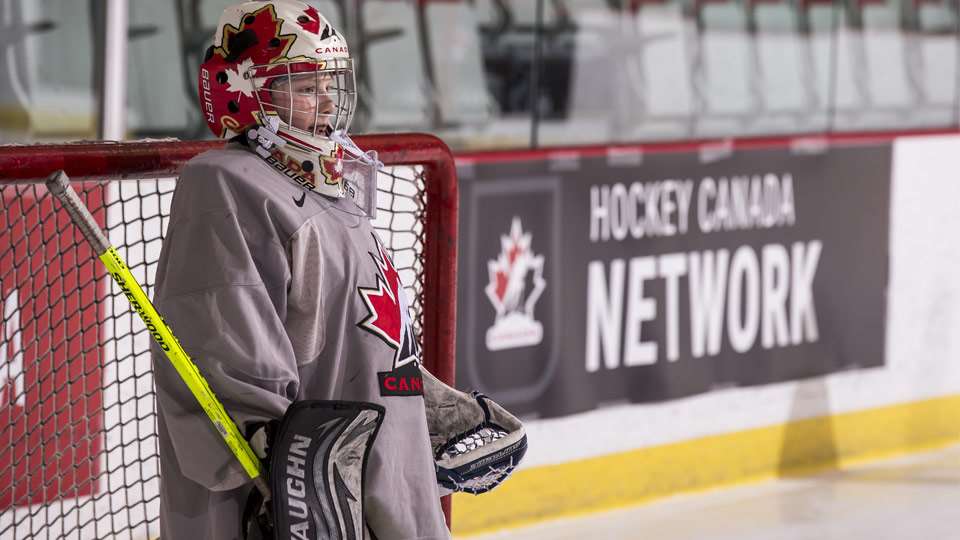
How to recover from a bad goal
Key for goaltenders is to manage their reaction and quickly put focus back on competing

It happens to even the best goaltenders. Nobody comes to the rink to play poorly or allow a bad goal and those moments are often amplified by the initial reaction when they do happen.
From minor hockey to the National Hockey League, mistakes happen, funny bounces happen and goaltenders will more often than not be scored on at least once per game. Knowing this means a need to manage that process quickly and effectively.
Step 1: Recognize and develop a plan Goaltenders will allow goals, and sometimes they will appear to be easy stops that somehow got away. They should have a plan (no more than 10 seconds) to manage their reaction to that moment so it doesn’t become a momentum-changer or string of poor goals in short order.
Step 2: Review What caused the goal? Was the shot taken for granted? Were steps skipped that were normally followed?
Step 3: Bring closure Breathe. It’s done, it's over and the goal is now in the past. Goaltenders should never allow a negative thought to complete itself in their mind. Always disrupt negative thoughts with positive affirmations.
Step 4: Compete Bring back the competitive nature. Get ready to defend the net, and that starts with physical presence. Dealing with goals against should be approached the same as physical fitness. It is a muscle that needs to be flexed often while working on the mental game. Goaltenders can have size, skill, and technical and tactical skills, but if they fail to be strong mentally the very foundation of a goaltender becomes flawed.
For more information: |
- <
- >















